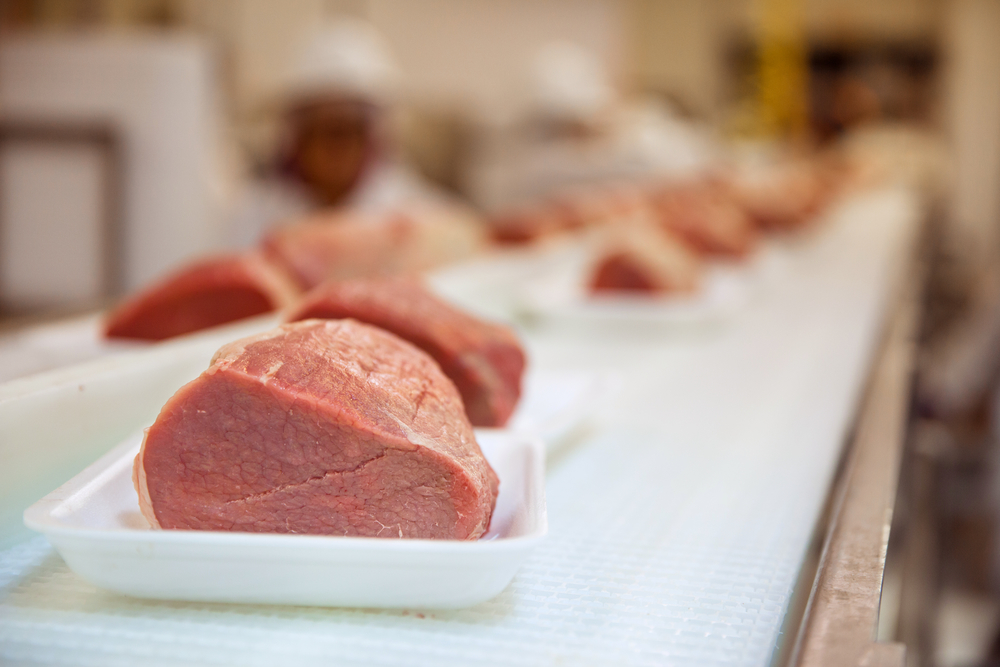
In this case, the researchers mixed into one bioink an antibody that is sensitive to a molecule in E. The team then developed solutions for two kinds of bioink - color-changing printable polymers that can be mixed with other sensing ingredients. After drying, he peeled away the resulting array of microneedles, each measuring about 1.6 millimeters long and 600 microns wide - about one-third the diameter of a spaghetti strand. To make the new sensor, Kim first made a solution of silk fibroin, a protein extracted from moth cocoons, and poured the solution into a silicone microneedle mold. "Silk is completely edible, nontoxic, and can be used as a food ingredient, and it's mechanically robust enough to penetrate through a large spectrum of tissue types, like meat, peaches, and lettuce," Marelli says. The design they came up with consisted of an array of microneedles made from silk. The team looked to create a sensor that could pierce through the surface of many types of food. At some point, Benedetto mentioned his group's microneedle work with plants, and we realized that we could combine our expertise to make a more effective sensor," Hart recalls. "Assessing the health of food by just measuring its surface is often not good enough. In conversation, the researchers wondered whether their technologies could be paired to produce a printed food sensor that monitors food safety. Meanwhile, Marelli had developed a silk-based microneedle stamp that penetrates and delivers nutrients to plants. Hart recently developed a high-resolution floxography technique, realizing microscopic patterns that can enable low-cost printed electronics and sensors. The new food sensor is the product of a collaboration between Marelli, whose lab harnesses the properties of silk to develop new technologies, and Hart, whose group develops new manufacturing processes. Marelli's co-authors on the paper are Doyoon Kim, Yunteng Cao, Dhanushkodi Mariappan, Michael S. A technology like this would give confidence to the end user to not waste food." "People also waste a lot of food after outbreaks, because they're not sure if the food is actually contaminated or not. Cook Career Development Assistant Professor in MIT's Department of Civil and Environmental Engineering. "There is a lot of food that's wasted due to lack of proper labeling, and we're throwing food away without even knowing if it's spoiled or not," says Benedetto Marelli, the Paul M. They could also prevent consumers from throwing out food that may be past a printed expiration date, but is in fact still consumable. Such smart food sensors might help head off outbreaks such as the recent salmonella contamination in onions and peaches.

The results, published today in the journal Advanced Functional Materials, are a first step toward developing a new colorimetric sensor that can detect signs of food spoilage and contamination. After a few more hours, the pH-sensitive bioink also changed color, signaling that the fish had also spoiled. After less than a day, they found that the part of the sensor that was printed with bacteria-sensing bioink turned from blue to red - a clear sign that the fish was contaminated.

The researchers attached the sensor to a fillet of raw fish that they had injected with a solution contaminated with E. One of these "bioinks" changes color when in contact with fluid of a certain pH range, indicating that the food has spoiled the other turns color when it senses contaminating bacteria such as pathogenic E. The sensor's microneedles are molded from a solution of edible proteins found in silk cocoons, and are designed to draw fluid into the back of the sensor, which is printed with two types of specialized ink.


 0 kommentar(er)
0 kommentar(er)
